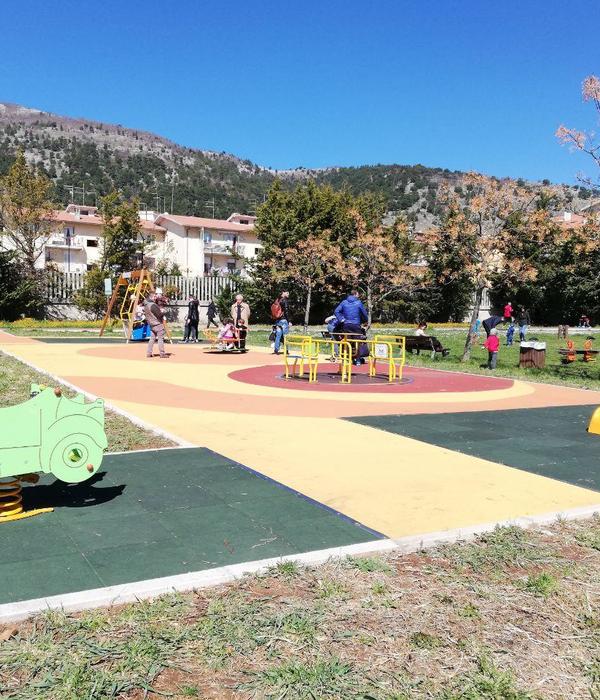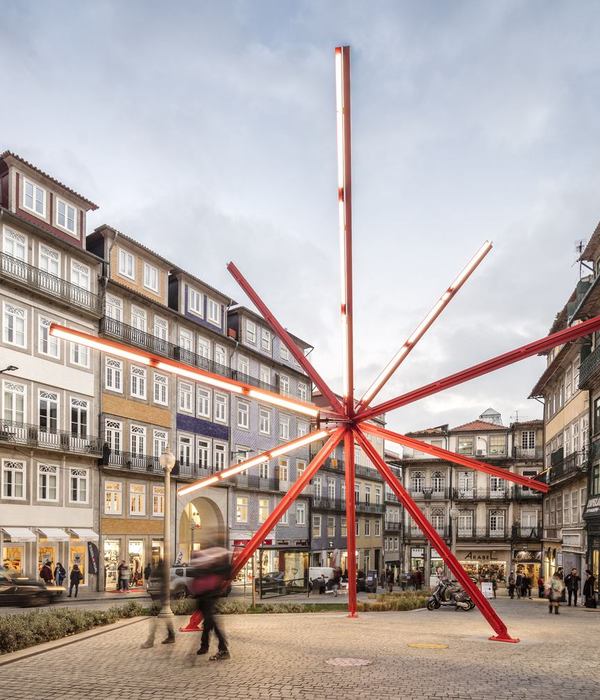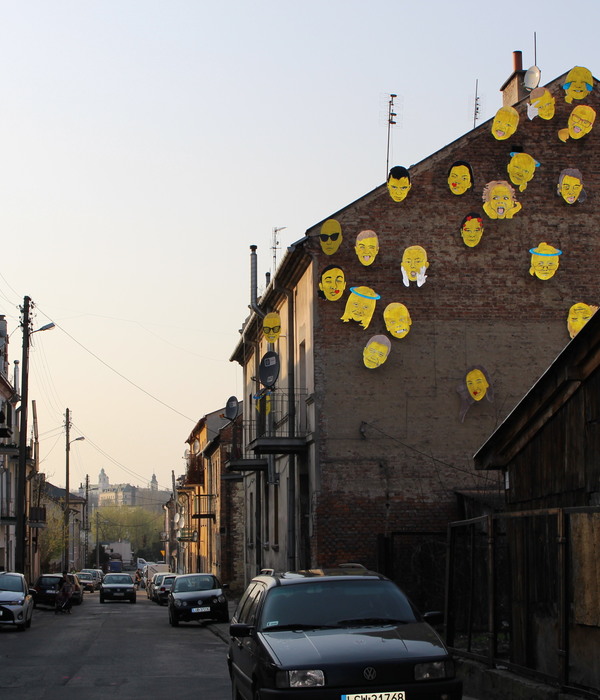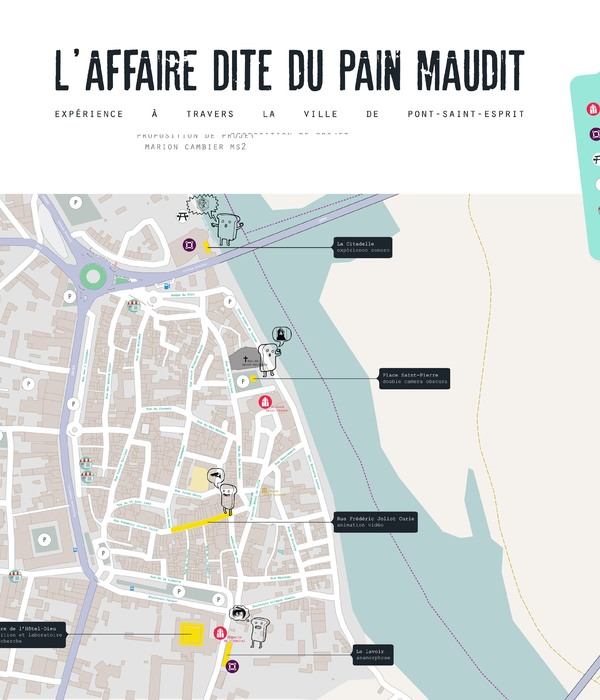Architect:TA Landscape Architecture
Location:Ho Chi Minh, Ho Chi Minh City, Vietnam; | ;View Map
Project Year:2016
Category:Townscapes;Streets;Playgrounds
Ho Chi Minh City Book Street is on a narrow street, under the shadows of urban heritage sites like Notre Dame Cathedral, Ho Chi Minh City Post Office and People’s Committee of District 1. Though with precious trees lined on both sides, it was used as a degraded temporary parking space. Now the street is a diamond-valued location in Ho Chi Minh City. Not merely a place for buying and selling books, it championed the public space for citizens and tourists. The architecture aspect of the book street aims to find union within the diversity, the appearance is simplified to optimize the function and operation program. The book street beautifies and livens up the surroundings. It promotes reading culture. It brings people together through books. The architectural attractiveness, the cultural value and the sense of place are qualities that make Ho Chi Minh City Book Street an award worthy project.
Project location
Located on Nguyen Van Binh Street, it is a small, tranquil road nestled alongside urban landmarks such as Notre Dame Cathedral, Ho Chi Minh City Post Office and People’s Committee of District 1. Here, it is not just a collection of stalls for bookstores and publishers, but a precious public space for the entire city's residents and visitors. If it's only about buying books, the public has many other options at various locations throughout the city, with more choices and sometimes even better prices than Book Street. However, people still choose to come to Book Street because of its unique personality and appeal as a public space. It has its own allure. And precisely because of that, Book Street has become the most "diamond-valued" location in Ho Chi Minh City dedicated to books and the public.
Design Concept
Make good use of the location: Due to its prime location near the city's iconic landmarks, Book Street easily attracts both locals and tourists. The two most prominent landmarks, Notre-Dame Cathedral and the city's Central Post Office, are must-visit destinations in the itinerary of Ho Chi Minh City tourists. After exploring these sites, it's hard for visitors to miss Book Street with its eye-catching entrance right next to them. This advantageous position ensures that Book Street is always bustling and lively. With two main roads of the city on both ends, accessing Book Street is quite convenient. Additionally, the surrounding area of Book Street is dotted with numerous shopping centers and office spaces. Therefore, there are parking lots available with large operating radius and high capacity. The proximity of these parking lots to Book Street makes it convenient and comfortable for visitors to access the street for sightseeing and shopping.
Efficient operation: A well-functioning space requires not only an eye-catching design but also the integration of essential community services to cater to public needs. Therefore, it is proposed to incorporate several community functions into Book Street, such as event stage, children's playground, and coffee shops. On regular days, the central walkway serves as a pedestrian zone where people can freely stroll, take photos, read books, and enjoy the fresh environment. During festive occasions, the central area transforms into an exhibition space with diverse artistic activities. It also serves as a stage and a venue for cultural and artistic exchanges on a regular basis.
Preserve all trees: The current context features lush green canopy provided by rows of vibrant trees along the entire street. However, the space behind the buildings with its old fences, has become a parking lot, failing to utilize the potential of the area. Based on these existing conditions, proposals for functional spaces and preliminary ideas for massing and distribution of structures are put forward to create a new public space among the existing me trees.
Not built, but “Placed it”: The architecture of Book Street takes inspiration from the patterns of the surrounding buildings’ details such as window grids and ventilation brick openings, to create a consistent design language within the space. Utilizing the existing sidewalk, the architectural elements are placed on a base composed of precast modules in a combination of four squares, harmonizing with the adjacent Ho Chi Minh City Post Office. Each module corresponds to a specific tree trunk location. The elevated floor level minimizes the impact on the existing ground, ensuring better airflow in the design of the stalls and creating large sense of books as the shelving height is higher relative to human scale. The arrangement is designed to go from stall to stall, create an infinite feeling within the space. Materials such as wood, terrazzo tiles, glass and steel elements are chosen for their warm and familiar qualities, as well as for creating an open, airy, and spacious environment.
Difficulties during the process
To materialize Book Street, the team had less than 2 months to complete all the stages of architectural design and construction, including interior design. This was accompanied by the organization of various collaborating units. It was not just a design and build process, but a harmonization of efforts on multiple fronts.
-Legal aspects: Obtaining the necessary approvals from the City and relevant authorities (Department of Information and Communications, Department of Planning and Architecture, Department of Construction, , People's Committee of District 1, etc.).
- Financial considerations: Ensuring a reasonable cost for the project and the contribution of participating units, both for individual stalls and the overall public space of Book Street.
- Design: Finding solutions that meet planning criteria while ensuring fast and efficient construction without disrupting infrastructure. The design process ran parallel to the construction process.
- Construction: Prefabrication at workshops, shallow foundation on the existing ground, on-site positioning and installation, and coordination among construction units due to the tight schedule.
- Other arising issues: For example, the design and construction teams had to resist excessive branding desires such as oversized signage or selling non-book products that would detract from the aesthetic appeal. Although the design and construction teams proposed design guidelines and space management for Book Street, the effectiveness of their implementation still had some limitations in practice.
Despite some unresolved aspects, the most important outcome is that Book Street came into existence, becoming a distinctive public space and an integral part of urban life in Ho Chi Minh City. Unlike "spontaneous" public spaces that emerge in cities, this was a "designed" product that successfully incorporated practical elements to create an urban public space. The Book Street project in Ho Chi Minh City can be seen as a specific example that affirms the social role of architects in serving communities and society.
▼项目更多图片
{{item.text_origin}}












